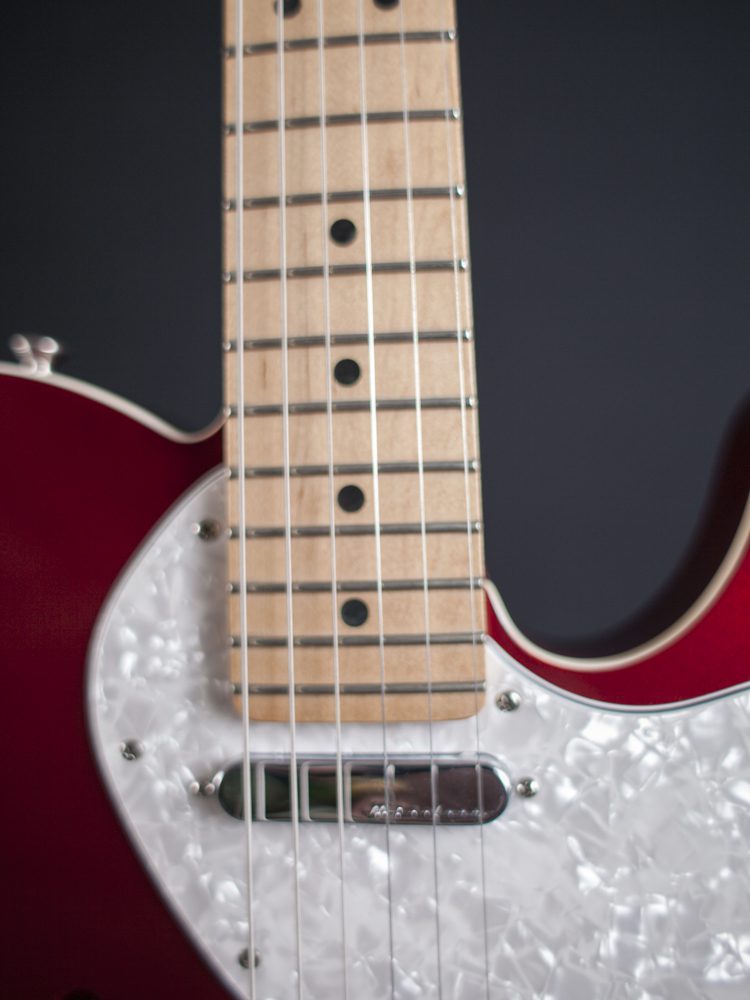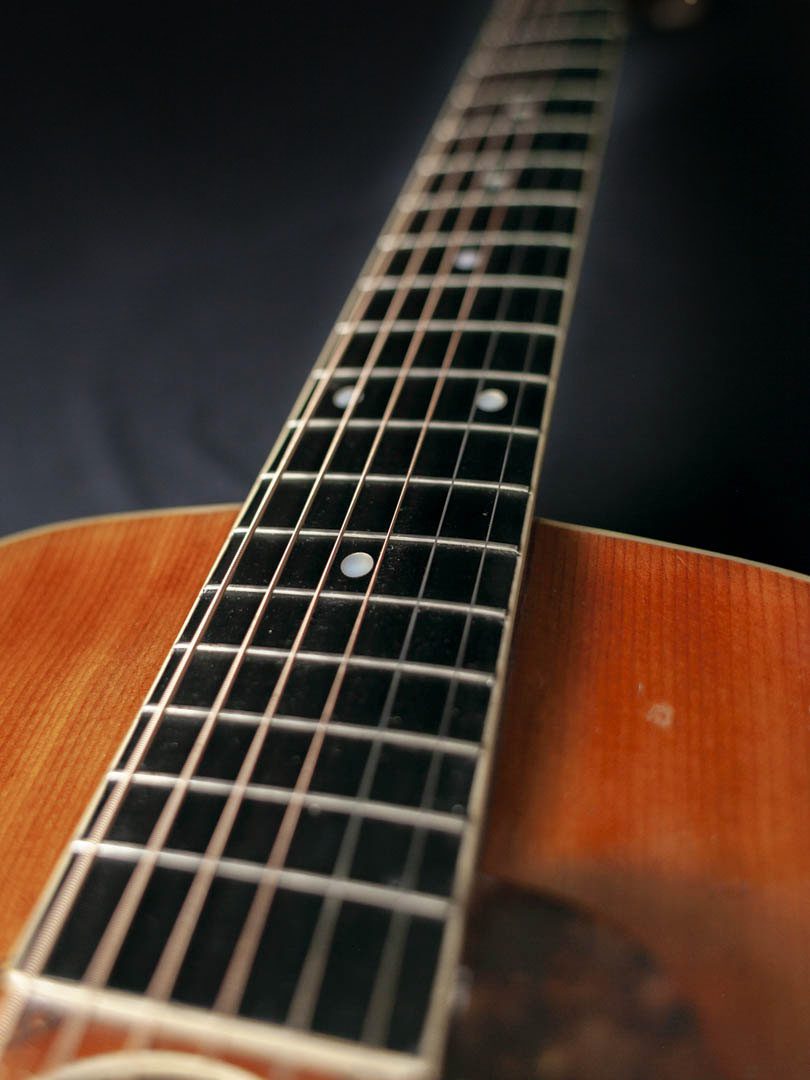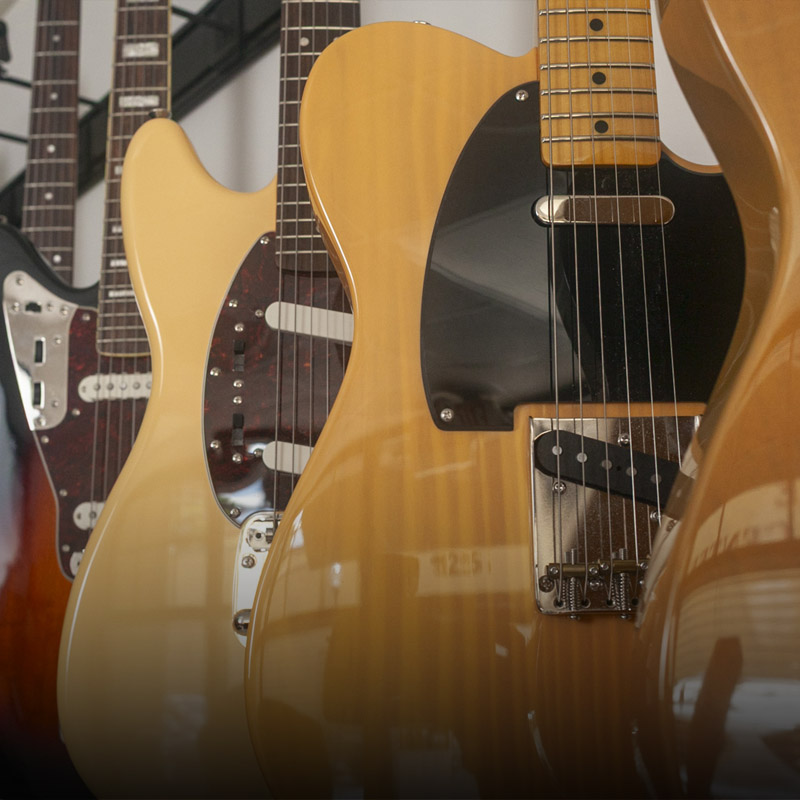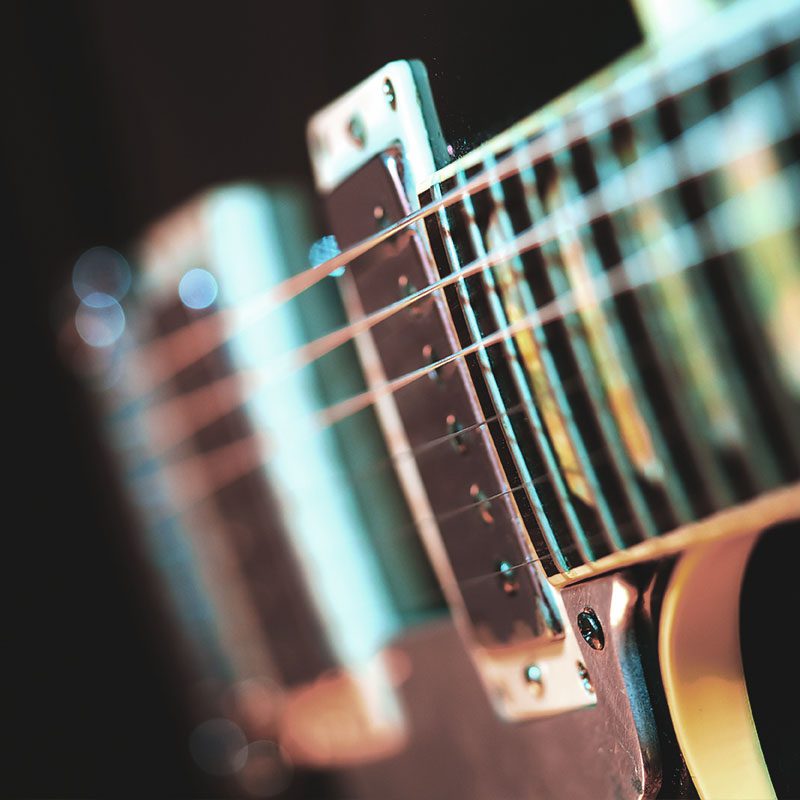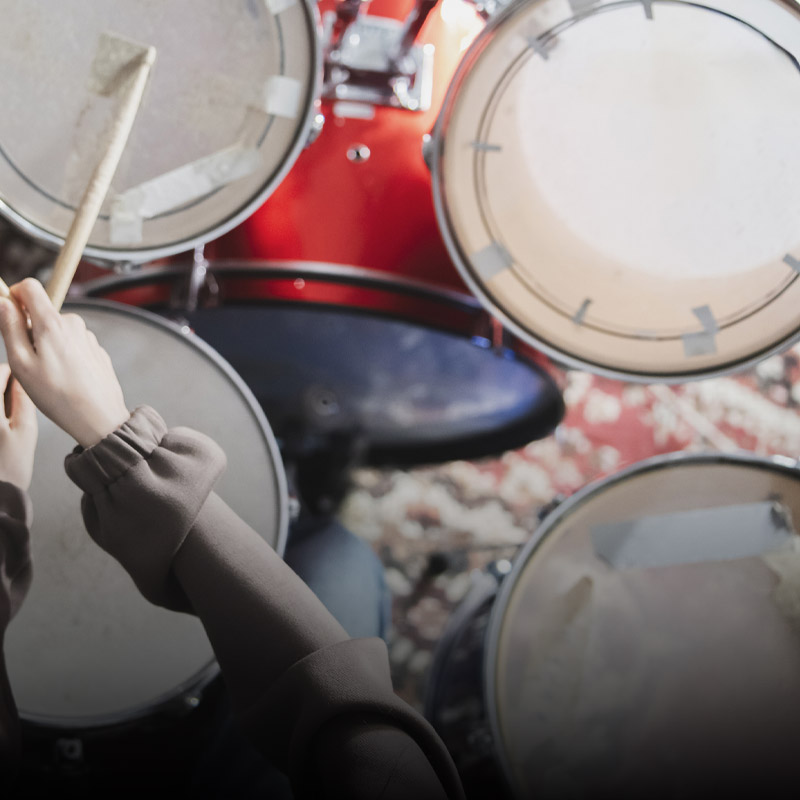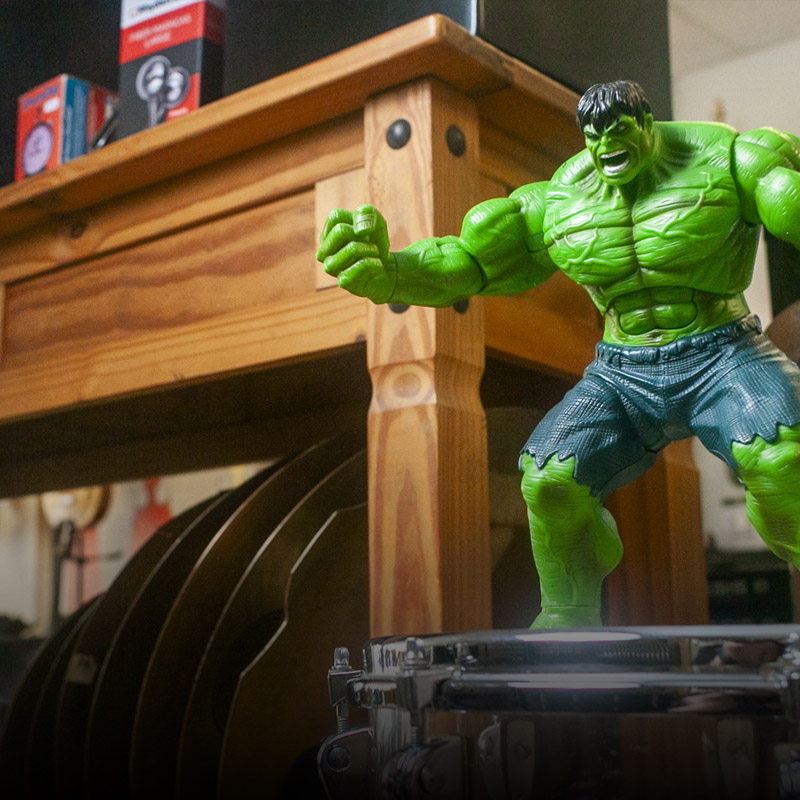So what exactly is a guitar setup? A guitar setup is the process of making the necessary adjustments and maintenance to a guitar to ensure health and playability. Getting your guitar set up is helpful for addressing the wear-and-tear it can accumulate over time. This means checking and adjusting the guitar's action, alignment, and more. One way to think about this is that your guitar has a factory setting; a standard from when it was first built. ‘Setting up’ your guitar is like fine-tuning and tweaking its factory setting.
When Should I Get a Guitar Setup?
One important question remains: When should you set up your guitar? The three examples below are some of the most common instances in which you should get a guitar setup.
- If you’ve never gotten the guitar set up previously
- If you just bought a new guitar or a used guitar
- If you found a guitar in your basement/garage/attic/dumpster/etc.
In all honesty, the only time you shouldn’t get a guitar setup is if you know it’s been set up recently and it plays well with a sound that you enjoy.
Once you’ve determined if it needs to be set up, here are some important steps in that process:


